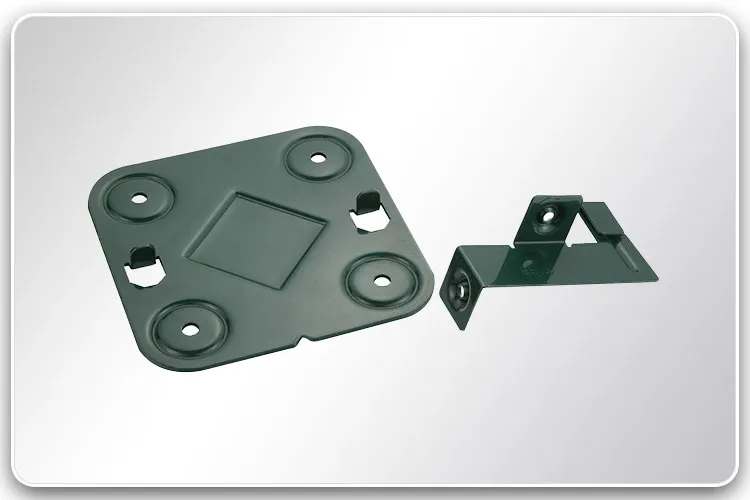Applications of Stamping Parts
2024-08-27
Stamping parts are used in numerous industries, serving a wide range of applications:

1. Automotive Industry:
- The automotive industry heavily relies on stamping parts for manufacturing various components, including body panels, chassis parts, brackets, and engine components. Stamping provides the precision and strength required for safety-critical automotive parts.
2. Aerospace Industry:
- In the aerospace sector, stamping is used to produce lightweight yet strong components, such as brackets, clips, and structural parts. The ability to work with high-strength alloys makes stamping ideal for aerospace applications.
3. Electronics Industry:
- Stamping is essential for creating electronic components such as connectors, terminals, and enclosures. The precision of the stamping process ensures that electronic parts meet the tight tolerances required for electrical conductivity and reliability.
4. Consumer Goods:
- Many everyday items, such as kitchen appliances, electronic devices, and furniture, contain stamped parts. Stamping provides a cost-effective way to produce durable and aesthetically pleasing components for consumer products.
5. Medical Devices:
- In the medical field, stamping is used to manufacture components for surgical instruments, diagnostic equipment, and implantable devices. The ability to work with biocompatible materials and create complex shapes is crucial for medical applications.
6. Construction Industry:
- Stamped parts are used in construction for creating brackets, fasteners, and support structures. The durability and strength of stamped metal make it suitable for withstanding the demands of construction applications.
Future Trends in Stamping Parts
As technology advances, the metal stamping industry is evolving to meet new challenges and opportunities:
1. Automation and Robotics:
- The integration of automation and robotics in stamping operations is increasing efficiency and reducing labor costs. Automated stamping presses can operate continuously, producing high volumes of parts with minimal human intervention.
2. Advanced Materials:
- The development of new materials, such as high-strength alloys and lightweight composites, is expanding the capabilities of stamping. These materials offer enhanced properties, allowing for the production of parts that are stronger, lighter, and more resistant to corrosion.
3. Digitalization and Industry 4.0:
- The adoption of digital technologies, such as data analytics and the Internet of Things (IoT), is improving process control and quality assurance in stamping. Real-time monitoring and data analysis help identify issues early, reducing waste and improving product quality.
4. Sustainability:
- The focus on sustainability is driving innovations in stamping processes. Efforts to reduce material waste, energy consumption, and environmental impact are shaping the future of the stamping industry.
Conclusion
Stamping parts play a vital role in modern manufacturing, providing the precision, efficiency, and versatility needed to produce high-quality components for various industries. From automotive and aerospace to electronics and consumer goods, the impact of stamping parts is felt across the board. As technology continues to advance, the stamping industry is poised to meet new challenges and deliver innovative solutions, ensuring its continued importance in the manufacturing world.


